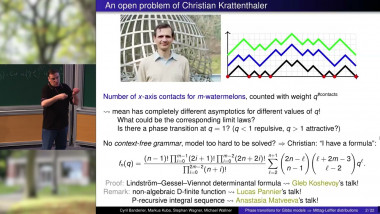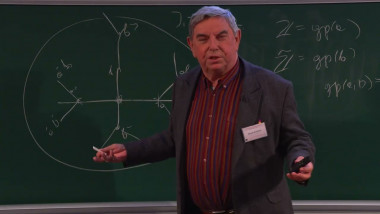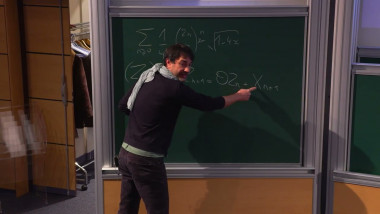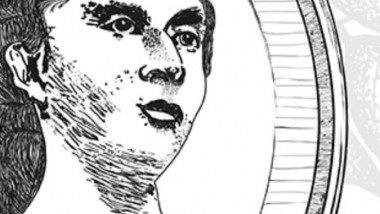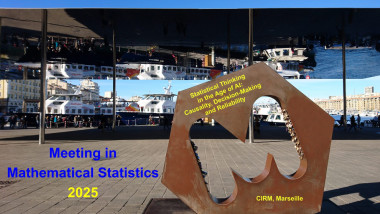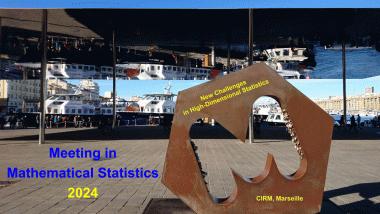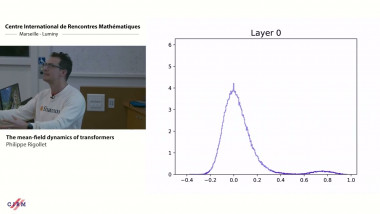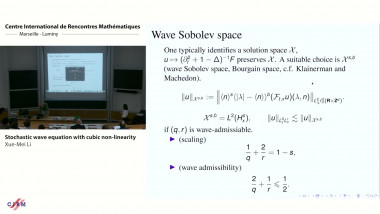Apparaît dans la collection : Probability and biological evolution / Probabilités et évolution biologique
In this presentation, we shall discuss the reconstruction of demographic parameters based on the genetic variability observed within a sample of individual DNA. In the family of models that we consider, the statistics describing this genetic diversity (number of mutations, distribution of the mutations amongst individuals in the sample) depend on a more or less coarse ‘resolution of (i.e., level of information on) the hidden genealogical tree that relates the sampled individuals. Considering the optimal resolution thus allows to greatly improve the exploration of the space of possible genealogies when computing the likelihood of demographic parameters, compared to classical methods based on full labelled trees such as Kingmans coalescent. We shall focus on two examples, based on works with Raazesh Sainudiin (Uppsala Univ.) and with Julia Palacios (Stanford Univ.), Sohini Ramachandran (Brown Univ.) and John Wakeley (Harvard Univ.).
